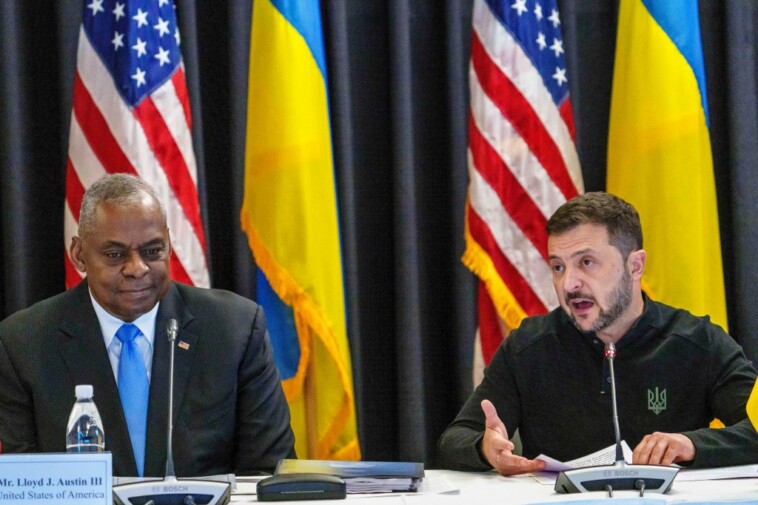WASHINGTON – Defense Secretary Lloyd Austin announced Friday that the US will send Ukraine a $250 million military aid package – but declined to lift restrictions that bar Kyiv from firing American-made long-range missiles into Russia.
The latest package will include air-defense missiles, rockets and artillery, armored vehicles and anti-tank weapons, which will come from Pentagon stockpiles and be paid for by the $60 billion supplemental funding bill Congress passed in April.
Specifically, the Defense Department is sending RIM-7, TOW and Stinger missiles and Javelins, as well as Bradley infantry fighting vehicles, M113 armored personnel carriers and Mine-Resistant Ambush-Protected (MRAP) vehicles.
Also included are patrol boats and undefined “maritime training equipment,” as Ukraine continues to dominate Moscow in the Black Sea.
Kyiv wants to use ATACMS, which have a range of roughly 190 miles, to attack Russian bases and destroy other military infrastructure on Kremlin territory before it can be used against Ukraine.
However, the Harris-Biden administration is remaining resolute against lifting firing restrictions – which Ukrainian President Volodymyr Zelensky has begged Washington to reverse.
“This is an absolutely legitimate need,” Zelensky said last week. “There is no rational reason to limit Ukraine’s defense. We need long-range capabilities and the full implementation of air defense agreements for Ukraine. These are life-saving measures.”
The White House has consistently expressed reticence to OK any military action that they say could “provoke” Russia further – often to the point of preventing Ukraine from taking what could be game-changing offensive action.
On Friday, Austin attempted to wave off criticism by asserting that allowing Ukraine to fire American weapons onto Russian land would make little difference in the course of the conflict.
“This is the largest military in Europe that they’ve faced,” he said of the Ukrainians. “… I don’t believe that one specific capability will be decisive.”
The US has now sent 65 aid packages to Kyiv since August 2021, when Russian President Vladimir Putin began stacking troops along the Ukrainian border ahead of his Feb. 24, 2022, full-scale invasion.





